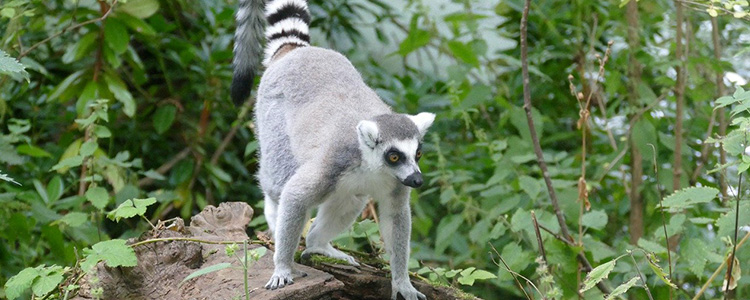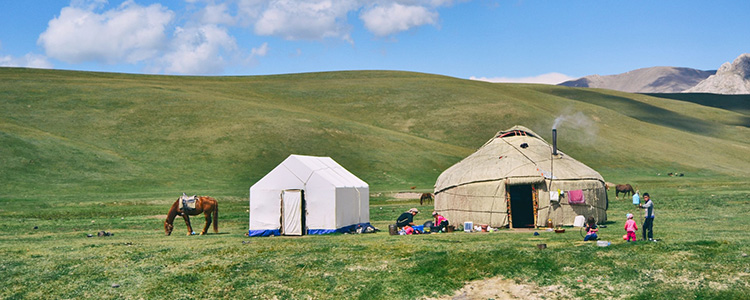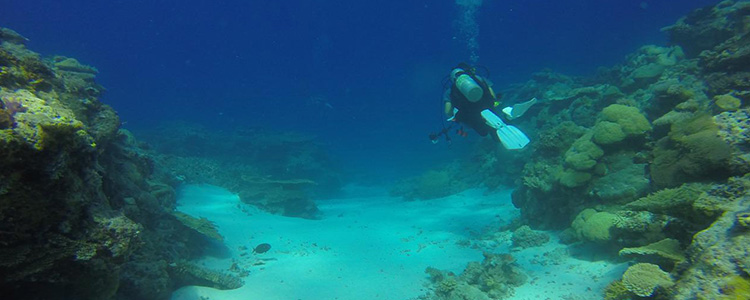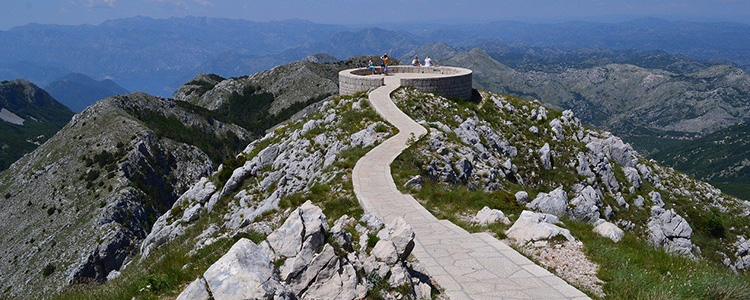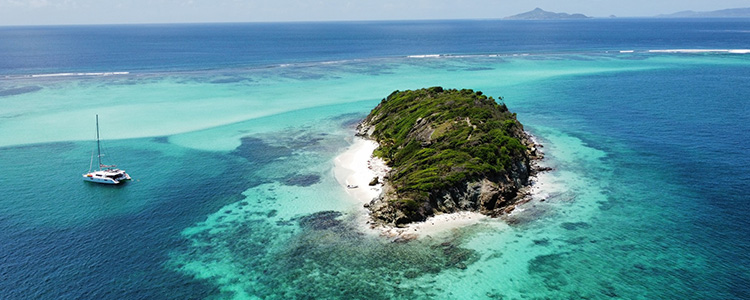Meet Michel, a die-hard emigrant for many years. He has lived all over Asia for longer periods of time, in different Asian countries: Japan, Thailand, China, Philippines. You can read below about his story of adaptibility.
What should people know about you to understand your emigration story?
There are people that leave home for a time and usually maintain a residence and ties in the place they come from. Mostly tourists, travelers or employees of one sort or the other. Then there are 'emigres'. They don't necessariy plan to ever go back to where they came from. Explorers, adventurers, refugees, fugitives , missionaries, and the like. A high-risk, often uprooted make or break crowd that has been around for ever. I am one of those.
Where in that list do you place yourself in?
My wife and I were Christian missionaries. Our goal was to establish a mission overseas.
Why did you choose to become a missionary as work?
It wasn't 'work'. We felt called. The Bible had stated that God would take care of his own as long as they did what they were supposed to do. Tomorrow would always take care of itself. We had decided to put that to a serious real life test. For the ten years we lived by that rule, we never missed a meal for lack of resources. After that, it felt as if we were drawing pensions, like soldiers that had fought in a war.
How did you choose to go to Asia?
I always knew that I would leave home as soon as I could. Preferably go somewhere where it was warm. The weather in my part of Europe was unbearable, I thought. Too much rain and cold.
How did you prepare to go to Asia?
Warm clothes, since we travelled in winter. A companion to keep warm and 750 USD in cash between the two of us. Minimum target was to reach India overland. From there on, who knows? It was a high- wire act that, in good conscience, I would not recommend. (unless I really dislike you ) 750 USD could not have brought you very far.
Good question. Any half way sane person could rightfully feel justified to call us insane. Life moves like a river. Some prefer to stay on land. Some prefer calm waters. We had jumped into very rough whitewater, the kind that completely takes over the course of your life. No smartphones, credit cards, debit cards, travel insurance. You end up getting smashed up on the rocks or maybe one day you get bundled over a waterfall, think your done in but suddenly find yourself in slow moving gentle water. How did we survive? Honestly, I can't tell. My best answer would be ' by the grace of God'.
What have you learned in Asia?
If you mainly talk survival or prospering in a foreign country, the most important ability of all is adaptability. If you don't cultivate that, better stay home or go on tours. I have been an activist, a missionary, teacher, trader, speculator, financial consultant, business consultant, agent, gambler, publisher, journalist, movie editor, writer, actor. Whitewater rivers make sure you never stay in one spot very long. Accept what and who you really are. Avoid excessive fear of change and be adaptable.
What makes you feel like you are truly ‘at home’ in a country?
'Living ' in a country needs to be defined. For me it means ,at a bare minimum, the country needs to be the center of your life. You own or rent a place, pay utility bills, work, or are retired there, have established a social and legal structure to consider it 'home'. Sharing a pillow with a native helps greatly. You don't think of outbound flights that you can't miss.
How is your daily routine different from in your home country?
I never had a routine to speak of in my country of origin. I still don't have one, aside from breakfast. Everything else is negotiable. Never had a 9-5 job in my life.
Do you already have an idea about the future?
Absolutely none, except that I want my campsite to be tidy when it comes to my time for leaving.
Are there things you appreciate more about your home country now? How do you deal with homesickness/loneliness? What do you miss most?
By my strict criteria, I have lived in, at least, five countries. Never been homesick for a moment. Sometimes I think of the food of my childhood. My mother was a certified chef and sous-chef in a resort hotel. I was spoiled absolutely dead rotten in that respect. As for the rest, no big deal.
What was your first encounter with a local resident in some of the places you stayed?
I won't name the country, but it was my first encounter. A guy walks up to me, 'You want to sell your travellers checks, I pay you... ?' Another place, my first cabbie has a taxi that looks like a shrine to several seemingly benevolent deities. Then he wants to overcharge me by about 300%. Someone had warned me and so I just paid him the correct price. He said ' thank you', no argument. I wondered what the deities were up to. Smiling.
What is the funniest or most painful misunderstandings you have experienced due to cultural differences?
I walked into a private apartment in Japan with my street shoes on. We were doomed right there and then. In short. ' Don't do that!' Under no circumstances!
A Sikh has a food stall at a dusty, hellishly hot land border between the Punjab and Pakistan. He sells curry, tea and Coca-Cola. ' Not too spicy. please', I say.' Do not worry, verrry mild, verrry mild', he says. I almost caught fire and have remained scarred for life, no kidding.
Have you adopted any local customs?
Too many to list. St.Paul in the Bible said 'When in Rome, do as the Romans do'. Couldn't say it any better. He was a smart missionary.
What is your favorite local tradition/holiday?
Any tradition that gets a lot of people to leave the big cities. Traffic becomes manageable all of a sudden.
Are there habits in social interaction that you found difficult to understand or get used to?
'When you are free drop by'. You will hear that in any Chinese culture dominated place once one has concluded some social interaction. Do not think that they actually mean that! You might get the door slammed in your face, or at least the verbal equivalent to it. It's just the polite thing to say. More funny than difficult once you get the drift. They just want you to feel good. That took a bit to get used to. That and all the ways to say 'No' without actually saying 'No'.
What was the biggest culture shock?
There was none. I was never hung up on culture. Expect things to be different and enjoy it, and if they are not, fair enough. Over the years with all that travel and information exchange, with some notable exceptions, stuff like that has become more of a rural and generational thing. Inform yourself about the basics before you go and don't do stupid stuff that you wouldn't do at home either. Have manners.
Do you have any tips for meeting people?
Be a nice person. Everybody likes to meet nice people. Be accessible. Nobody likes an arrogant idiot.
How do locals react to you living and working in their places?
I was the only foreigner in a middle class neighborhood. A neighbor invites me to have a beer on his pateo. He had read in the paper that some foreigners had been attacked by 'right-wing' elements in Europe. Tell me, he says, 'is Europe full of such things?
'Why do you invite me for a beer? I ask him. ' You're ok. he says, You're polite and don't make any trouble'. 'What would you say if there were fifty foreigners on this street and some of them would misbehave, insult your women and stuff like that. What would you do?'
We'd throw them out, he goes. ' Cheers.'
How does friendship here differ from how it is experienced in your home country?
That can be a touchy subject. To become real friends, you have to open up to each other in some way. In my personal experience I have found it to be much easier to become real friends with the opposite sex than with my own. Notably, in some places that were previously colonised, some men appear to feel somewhat conflicted when it comes to foreigners, especially Caucasians. The historical and cultural fault lines can be felt more often with men than with women.
Did you learn local languages and if so, how?
When I first arrived in Asia, you simply had to learn them. I enrolled in a university. If you didn't, you remained in a ghetto of sorts. It has changed a lot since then but it is still good to speak the local language at least passably. A guy I knew in Thailand spoke better Thai than the locals . So called 'King's Thai'. Many locals actually resented that. Funny, isn't it. Talking about culture.
How do you deal with the red tape in a new country?
Hire someone reliable to do it for you. Find someone that has been recommended if it's about complicated issues.
What was the most difficult rule to understand/follow in Asia?
Things aren't always done the way that they make sense to you. See whether you can manage to go with the flow. If that doesn't work, think!
I remember buying a train ticket somewhere in Pakistan. High noon. A brutal sweating contest among a bunch of foreigners. I am second in line. We'd been baking for hours. The guy ahead of me holds out his fare but the clerk slams down the window. Lunchtime. The big Italian of goes ballistic. I have a cheap bright blue ball pen and kind of pleadingly wave it at the clerk behind the window. The window goes up a few inches. 'You have a nice pen', he says, peeping through the gap, 'Can i see'? 'Sure,' I push it towards him. 'Where do you want to go'? See what I mean?
How did you find a suitable place to live in Asia?
Rental agents.
What are the biggest differences in costs between all the countries to live in Asia and your home country?
There are no hard and fast rules. It depends on many things. Your financial situation and your expectations. Most of all on the country of your choice.
What have you learned about insurance, taxes and other financial obligations abroad?
Same answer. Play by the rules and be smart. Info is easily available these days. But double or even triple-check all crucial info.
Have you used local healthcare in Asia (GP, specialist, dentist etc.) and what do you notice?
No. Never had an insurance for anything in my life. (Please do not try this at home)
What is useful for others to know/take into account?
Have clear ideas about what you think you should have in terms of what I call 'personal infrastructure'. See what is available and what you can afford. Choose wisely. There are people that get overwhelmed by new places and before they know it, they go bust. Back home to Mommy, if that is Plan B. Budget if you have to.
Have you developed new hobbies or interests since living abroad?
I have studied Astrology, the theory of probability and how to use it when betting on soccer matches. In spite of that I still consider myself sane. I have an average mid-sixty percent win/loss record. Has paid a few bills.
Are there any projects or activities that you are involved in that give you a sense of fulfillment? What do you do in your free time to feel connected to yourself and your environment?
I write about my life and about many other things I have observed. I also occasionally talk with friends that I feel are fun to talk with. Actually, I am busy all day.
What local traditions or rituals have inspired or touched you?
One of the first things I noticed when I first arrived in this strange continent was the respect for elders that was shown by the younger generation. They were aware of the fact that everything, every little thing they had,had been handed down to them by their elders who had built it, worked for it. It is a shame to see this being eroded by a generation of contact with our supposedly 'superior ' and 'progressive' western culture with its steady supply of new gadgets and the worship of shareholder value.
For you, what was the best thing about the choices you have made?
I followed my convictions. It wasn't supposed to work out but it did. I'm back to the whitewater example. That way, you either crash or even drown, or have a remarkable ride. I had much, much too much 'luck' for it to be expected. Probability does not account for what happened in my life, not by a long shot. So now I know that. Is there anything else I need to know? I give all the glory to God.
 What is the best time to travel in India, and what is the worst time to go?
What is the best time to travel in India, and what is the worst time to go? What is the best time to travel to the Philippines?
What is the best time to travel to the Philippines?










































